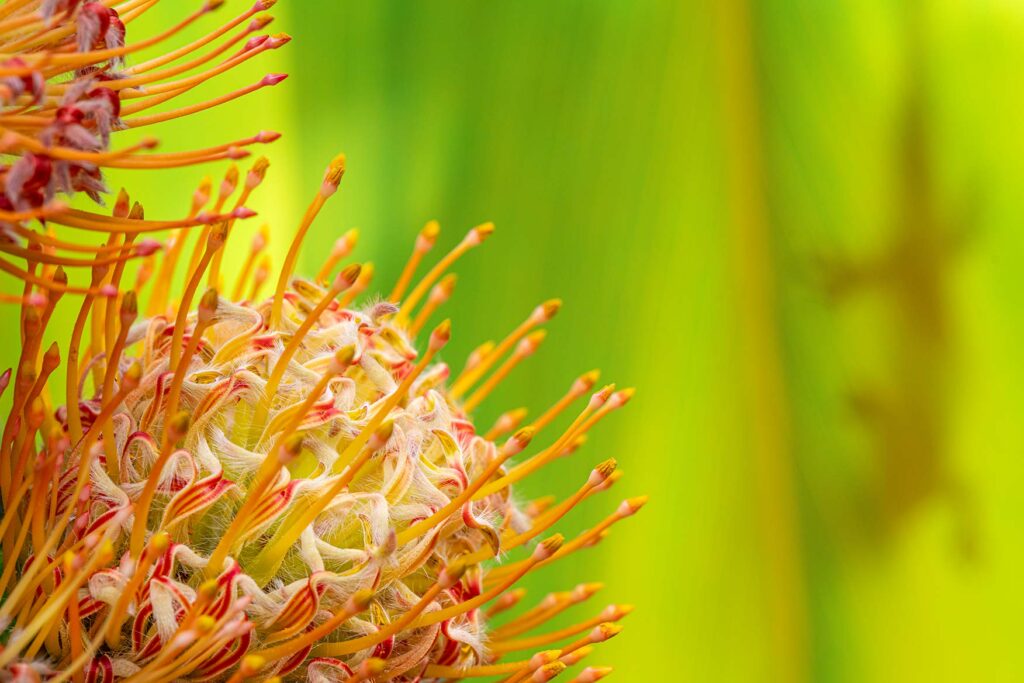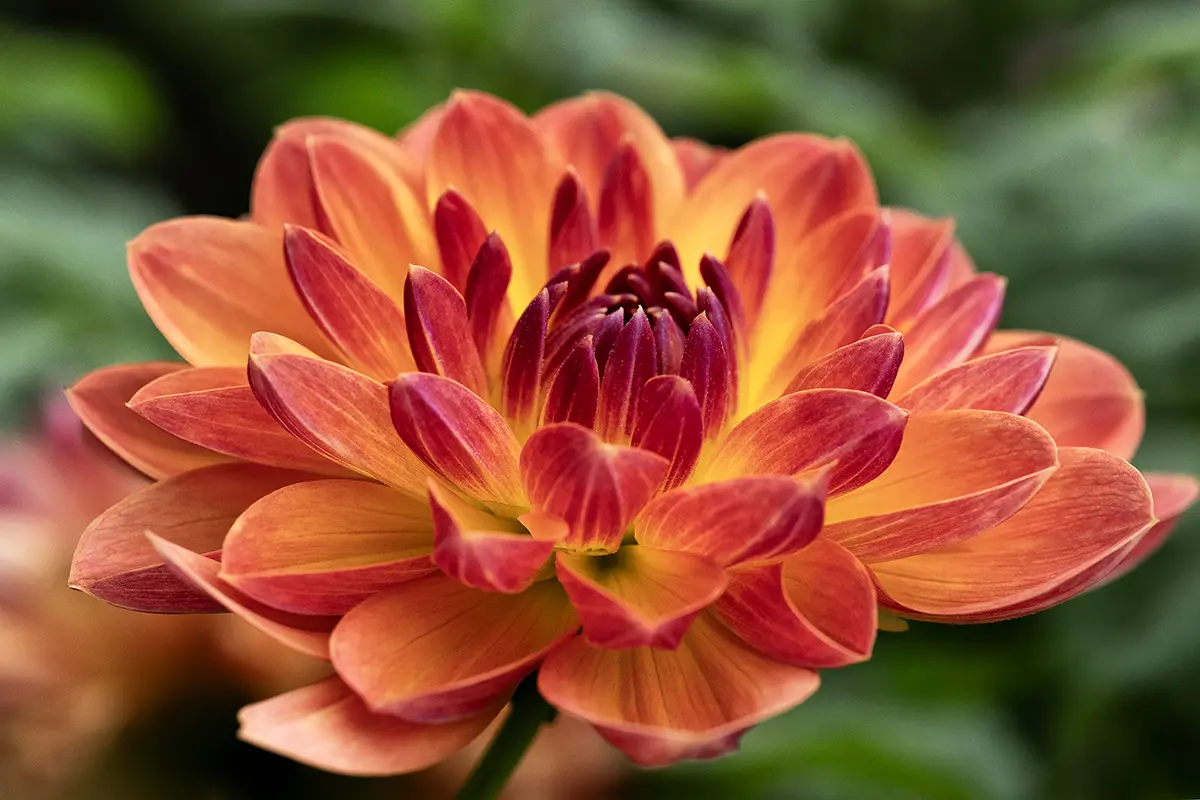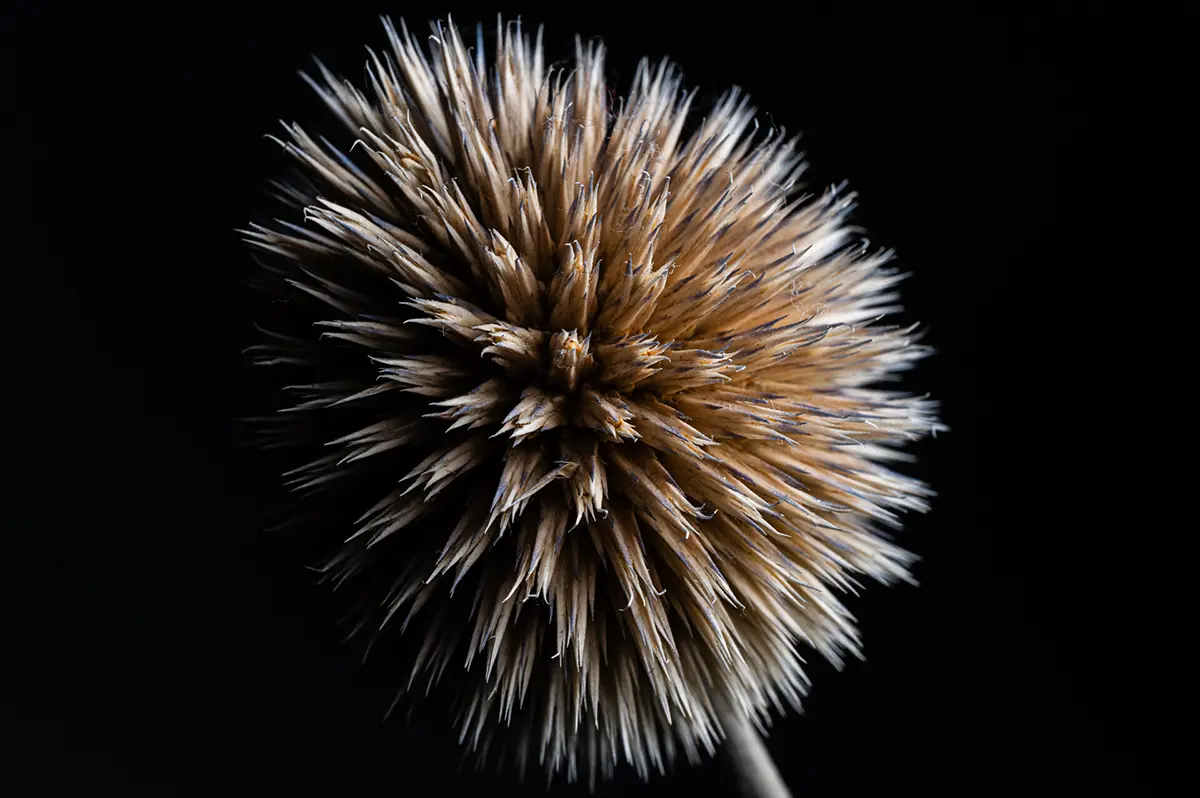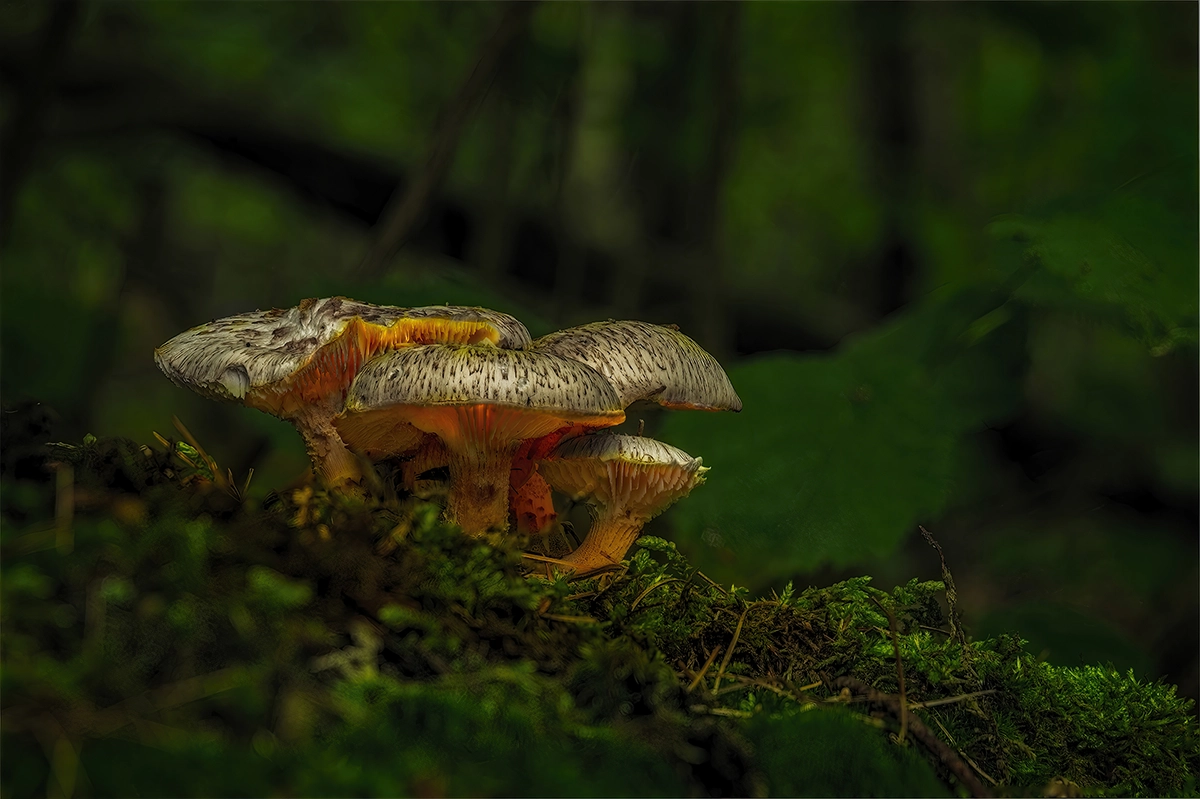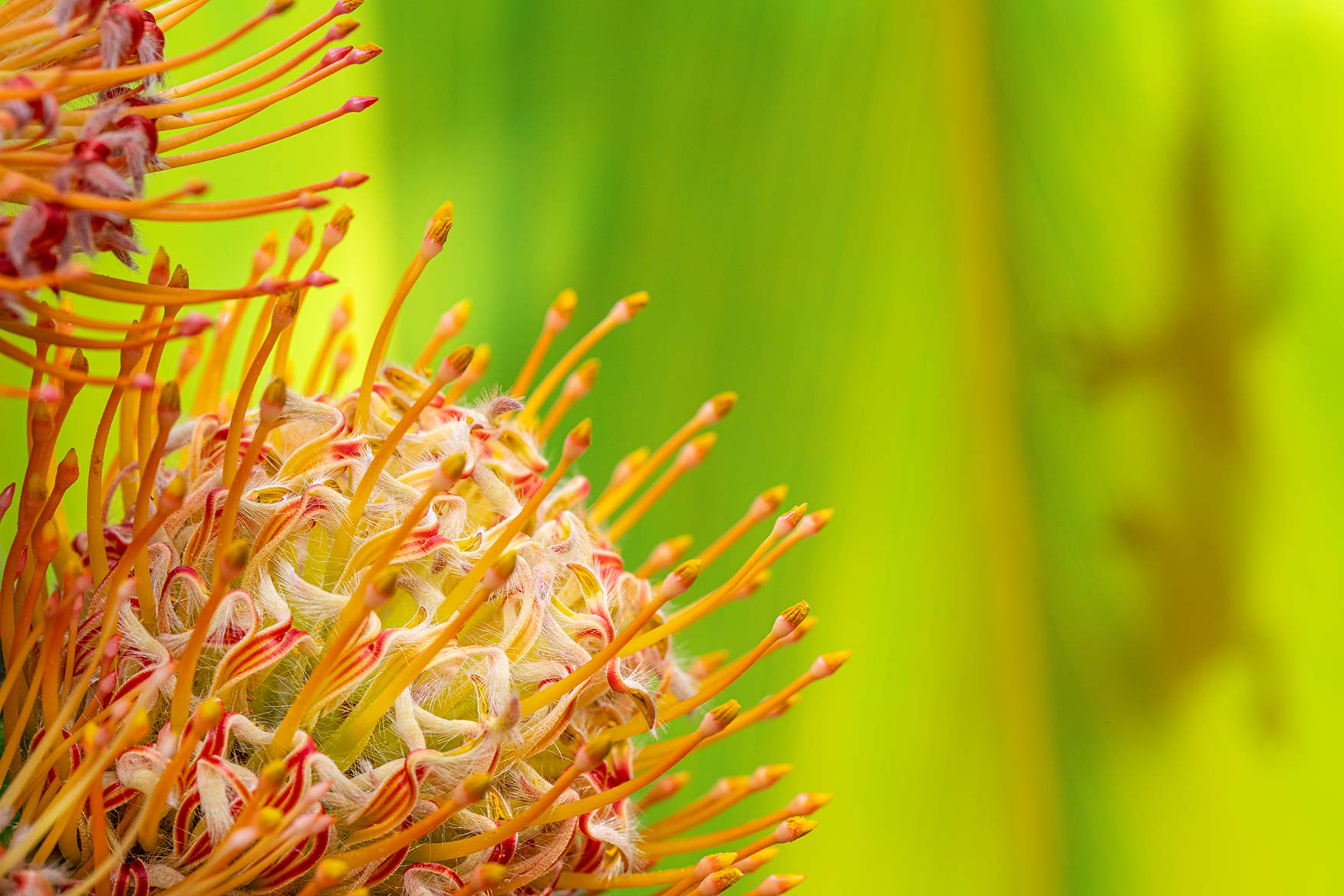
Paradise in Bloom
Michael Gilbert captures artistic Hawaiian florals with his Tamron 90mm F2.8 Macro lens.
Author: Jenn Gidman
Images: Michael Gilbert
Share Article
Michael Gilbert captures artistic Hawaiian florals with his Tamron 90mm F2.8 Macro lens.
Not far from Michael Gilbert’s home on the island of Maui is the Sacred Garden of Maliko, a garden and nursery featuring some of the most unique tropical plants in the United States. “I consider this place a kind of wellness retreat,” he says. “There are fountains and a zen garden and so many hidden nooks to just relax and meditate on life.”
There are also plenty of flowers just one click away from ending up in Michael’s portfolio, from ubiquitous orchids and palms to rarer specimens you may not find in too many other places. Having the Tamron 90mm F/2.8 Di III VXD M1:1 Macro lens in hand for his Sony mirrorless camera system allows Michael to practice the art of flower photography with a sharp, fast mid-telephoto lens that offers superior resolution, velvety bokeh, and close-up capabilities that include a Minimum Object Distance (MOD) of 9.1” and maximum 1:1 magnification ratio, allowing you to record your subjects on the camera’s image sensor at the same size as they are in real life.
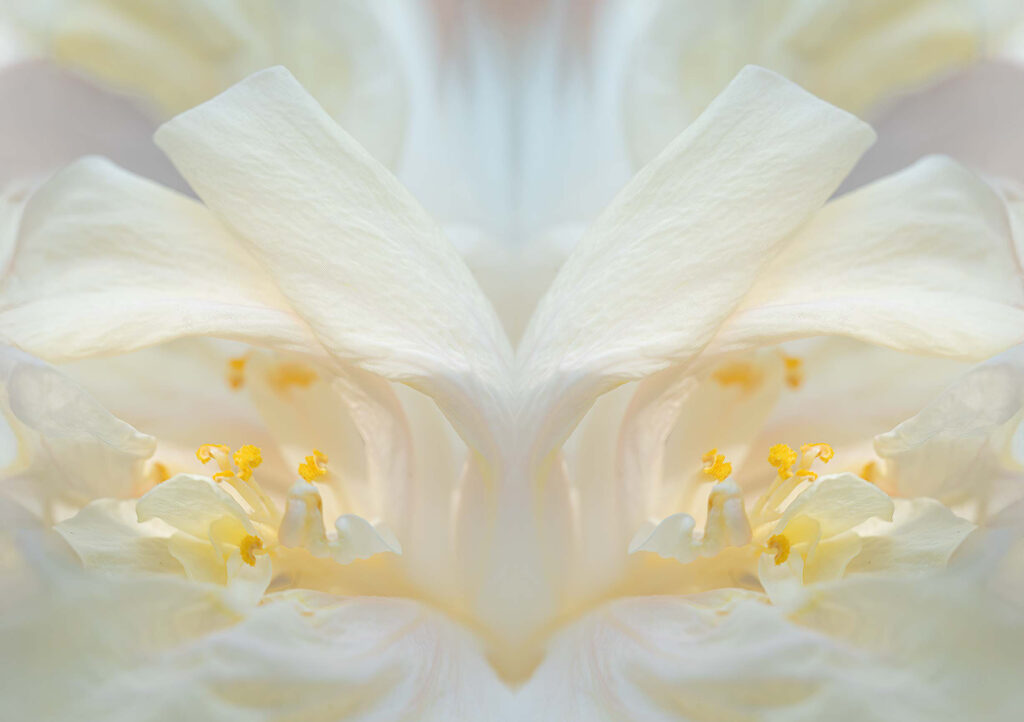
Sensual and dramatic, clean yet complex, Michael’s floral imagery showcases the interplay of light, shadow, and texture. “My mentor for macro photos of flowers is the legendary Georgia O’Keeffe,” he says. “Whose pictures or paintings did I look at for inspiration before I went to shoot these flowers? Of course, the first person I went to is Georgia.”
Read on for some of Michael’s floral photography techniques with a fine-art flair.
MICHAEL’S QUICK TIPS
The ‘one-two punch.’
When I’m looking at something as a possible macro subject for my flower photographs, I’m homing in on a very small portion of a much larger scene. That means I have to find something compelling to concentrate on in that microcosm. My two main criteria: color and composition.
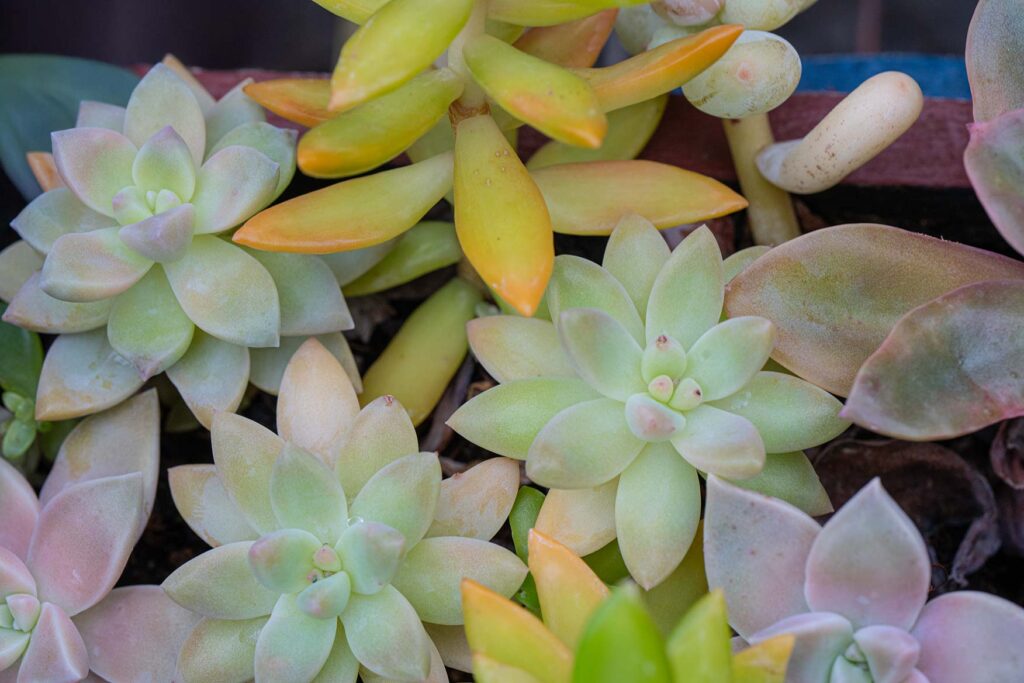
Color is the first thing to hit me, whether it’s the boldness of a vibrant petal or the soft elegance of a monochromatic flower. It’s then an action-reaction scenario, where that color will capture my attention and I’ll start shooting. The goal is to let the color, or its absence, dictate the emotional tone of the image.
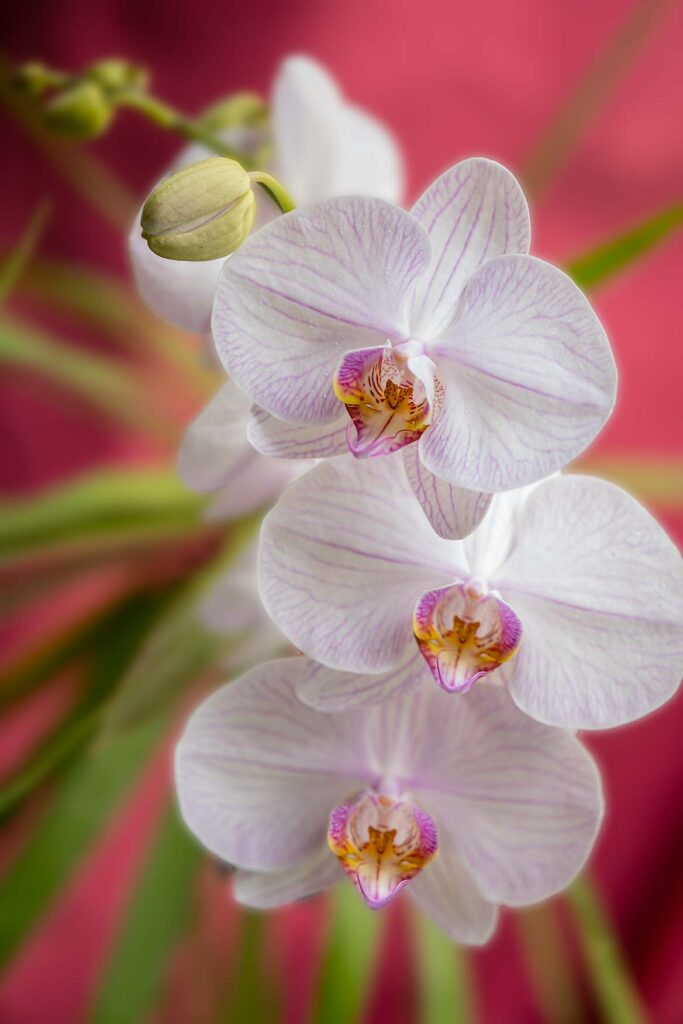
My second criteria for flower abstract photography is composition, by which I mean taking into account the flower or plant’s curves, lines, and other sculptural elements. How I decide to frame my subject often depends on its shape, size, and symmetry, or lack thereof.
Shift your perspective.
When creating beautiful flower close-ups or similar fine-art photography, many photographers instinctively pick up their camera and shoot at eye level—so if you’re 5 foot 4, you’re going to be taking your pictures from a 5-foot-4 perspective. I shot the red Anthurium you see here straight on like that.
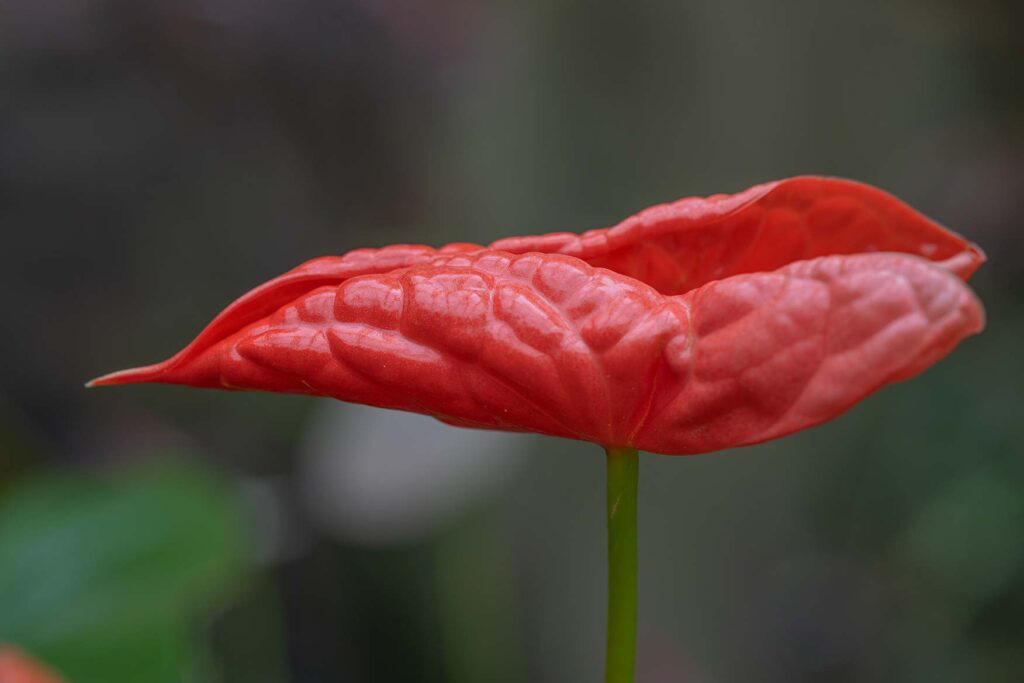
However, take some time to capture your subjects from all different angles. For instance, consider shooting straight down on the flowers for an aerial view, as I did with the blue-green jade vine here. You can also capture more of a side angle or profile, or kneel or lie down on the ground to shoot from below, which can highlight a flower’s structure against the sky or other environment.
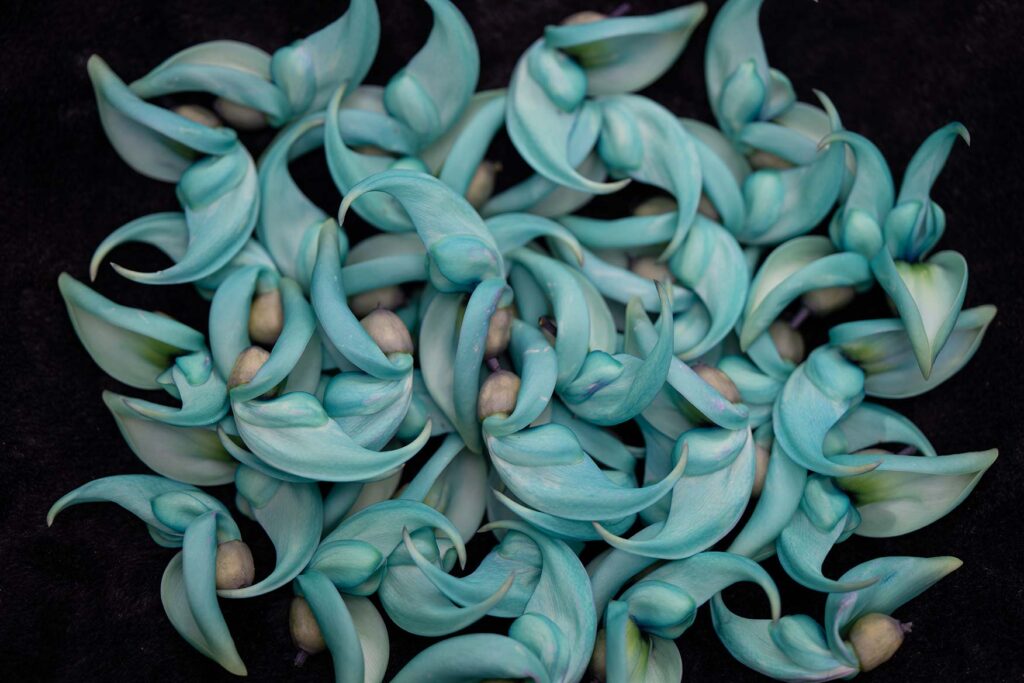
There are all different kinds of floral photography styles, but no matter which way I choose to shoot, what I usually do after positioning myself and right before I’m ready to push the button is take one last step back. It gives me a final chance to find yet another perspective and to possibly change my mind in how I compose the shot.
Include subtle details.
Don’t just focus on the petals and pistils in your macro flower photography—seek out other elements that you can place within the photo for visual interest and to complement your main subject. When I was shooting the pincushion plant you see here, a rare type of Protea flower that grows on the slopes of the Haleakala volcano, I spotted the silhouette of a gecko backlit on a background leaf. The gecko is still in the shot, soft and shadowy—and you can tell it’s a critter of some sort, from the limbs—but it doesn’t distract from the pincushion itself. You can really see the detail that the Tamron 90mm F2.8 Macro lens is able to pick up from this mesmerizing plant.
